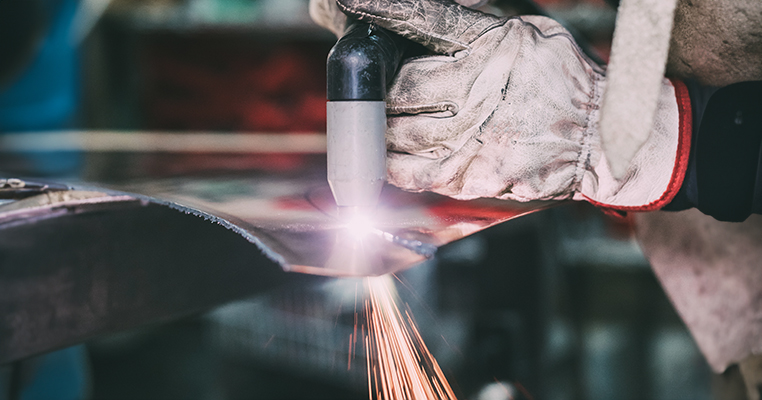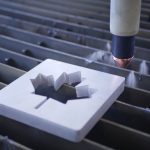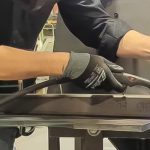Plasma cutting is a very useful process in fabrication and deconstruction. Harnessing the power of electricity to generate extremely hot streams of ionized plasma, a plasma cutter can slice through just about anything.
It’s very precise, controllable, and powerful. It’s also a marvel of technology, and a big part of using it successfully is knowing how it works. So, how does plasma cutting work, what are the parts of a plasma cutting system, and what should you know about the process?
What Even Is Plasma?
If you remember science classes, you may remember that there aren’t just three states of matter; there are four. You have solids, you have liquids, you have gasses, and you have plasma. Each state of matter is what happens when more heat and energy are applied to the previous state, and plasma is what happens when an immense amount of energy is applied to a gas.
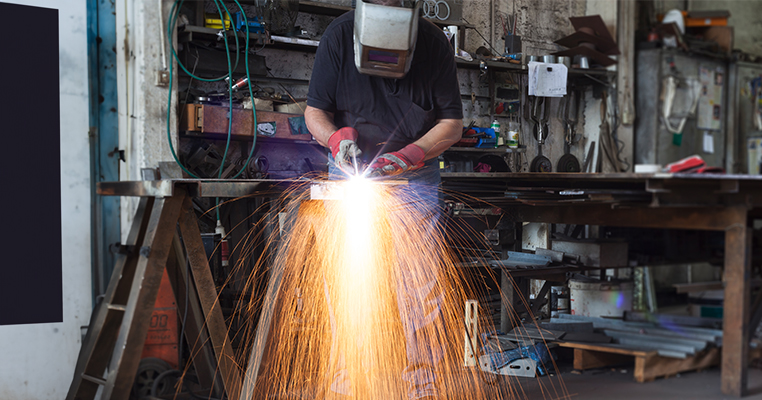
Plasma is made up of charged, ionized particles, along with neutral atoms and even full molecules.
They contain an incredible amount of energy, and when they encounter something else, they impart that energy.
That heats up whatever the plasma encounters, turning it molten or even gaseous in an instant. Combined with the force of the plasma jet, this blows away the molten material and leaves a clean gap or cut in its place.
The Process of Plasma Cutting
Plasma cutting is a kind of cutting known as thermal cutting. Rather than grinding away at material like you would with a saw or grinding wheel, thermal cutting heats up the material, melting it in a localized area and blowing away the molten material to leave a hole. Done in a line across a sheet, this cuts the sheet in two.
Simple, right?
How does a plasma cutter do that, though?
A plasma cutter is a torch.
It uses an electric arc – itself a very powerful bit of physics – to ionize gas that passes it. That gas is further compressed in a nozzle, forcing it into a narrow and super-hot jet of plasma. It’s often described as “lightning inside of a tornado” to help grasp the power of what’s going on inside that little handheld machine.
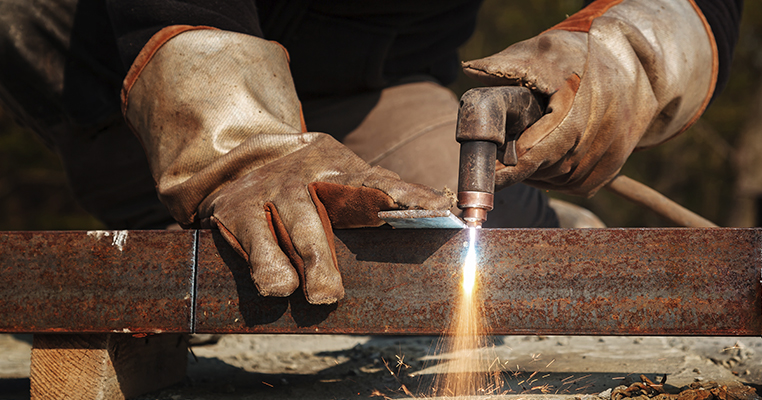
Plasma generated by a plasma cutter can up upwards of 30,000 degrees Celsius, which is more than enough to melt pretty much anything you could possibly need to cut through in a very short amount of time. In fact, the material with the highest melting point known to man is an alloy called Tantalum Hafnium Carbide, and it has a melting point of “only” 3,990 Celsius.
Plasma is simply that much hotter.
All of this is avoiding one key element of plasma cutting, however. Remember how we said plasma is ionized? That’s very important because plasma isn’t cutting purely on the force of heat; it’s cutting using that ionization. Otherwise, you just burn the material you’re trying to cut, and that doesn’t work for clean cuts. Ionization is the “magic” of plasma cutting.
What this means is that plasma cutters are only meant to cut electrically conductive things.
That means it can cut metals just fine, but it won’t cut things like plastic or wood. Of course, there are many, many other ways to cut those much softer materials, so something like plasma isn’t necessary anyway.
What Are the Parts and Components of a Plasma Cutter?
Given all of the more scientific descriptions above, you might think that a plasma cutter is a complex and enormous machine. Fortunately, the reality is that plasma cutters aren’t necessarily huge, and while they can be complex, they’re not all that difficult to understand. In broad strokes, a plasma cutter can be broken down into a few components.
Power Supply. Plasma requires electricity, and that electricity is a constant-voltage DC, somewhere between 200-400 volts.
This current generates the electric arc that itself generates plasma, so it’s an integral part of the plasma cutter.
This component is generally a ground-stationed machine with tubes and cords running from it. It contains various electronic components meant to transform single-phase or three-phase AC current into the stable DC required for plasma cutting.
The power supply will generally also have control boards and other components, including computerized components, that allow you to tune and control various aspects of the current to “tune” it to the material type and thickness of whatever it is you need to cut.
ASC. The ASC is the Arc Starting Console, which is the control system responsible for producing the starting arc for the plasma torch.
Gas Console. The gas console is similar to the arc starting console, except instead of controlling the electricity side of the machine, it controls the gas side. Plasma requires compressed air, often of a specific composition, for the best effect.
The gas console controls things like flow rate and pressure for the best plasma jet.
Air Compressor. The air supply for a plasma cutter needs to come from somewhere. Often, that means an air compressor. That’s not always the case, though; some torches run on canisters of compressed gas, which is necessary if you need to use a specific gas composition.
Otherwise, you can use the atmosphere around you as long as it’s filtered to remove moisture and impurities.
Air compressors aren’t necessarily part of the plasma cutter, though.
Plasma Torch. The torch itself is a usually handheld device similar to a welding torch. It contains a variety of components, including the cords and pipes that funnel in the electricity for the arc and the compressed air that creates the plasma.
Some parts of the torch are fixed, while others are consumables, like the swirl ring that generates the motion of the gas (the “tornado” part of the equation), the electrodes, the nozzle, the retaining cap, and the shield cap. All of these can wear out over time or due to impurities in the gas or inconsistencies in the voltage and can ruin the plasma jet and make it impossible to use for cutting. You can read more about the torch consumables here.
Three Types of Plasma Cutting
Plasma cutting can be performed in three ways.
The first is by hand.
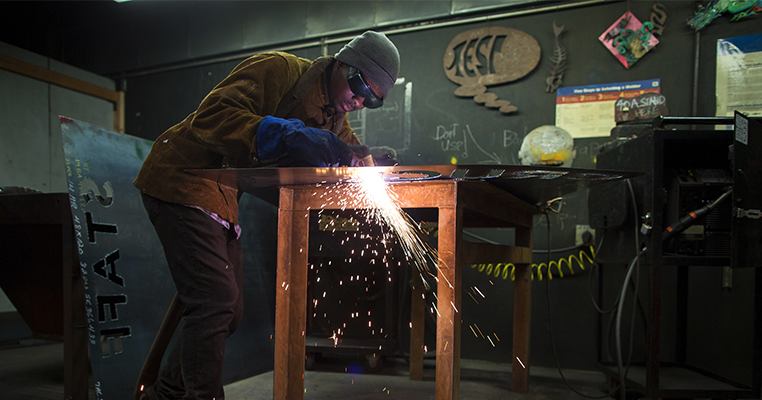
Manual plasma cutting requires a skilled operator with a steady hand and is generally used in cases where the goal is teardown, not fabrication, or where a cut doesn’t need to be super precise, and the site of the cut will be finished in another way later. Until relatively recently, this was the primary means of plasma cutting, making it a somewhat imprecise but effective option for cutting.
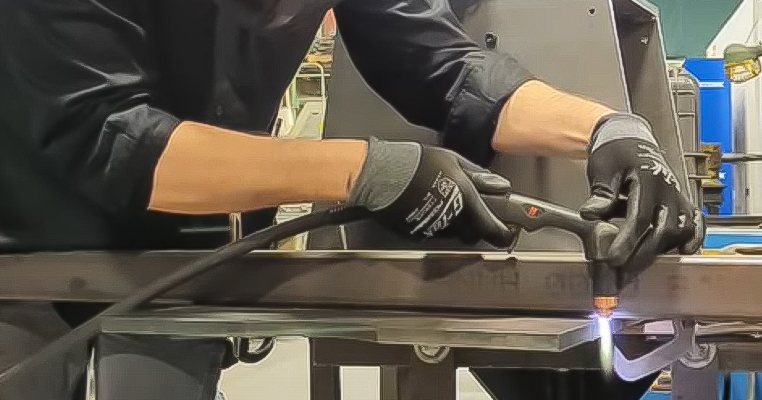
The second is with mechanized assistance. A skilled operator still holds a plasma torch manually, but the workpiece is moved, rotated, or positioned using a mechanized table or mount. This can allow for more flexibility and precision without requiring the operator to assume awkward, dangerous, or contorted positions for their cuts. In many ways, it’s similar to a welding positioner.
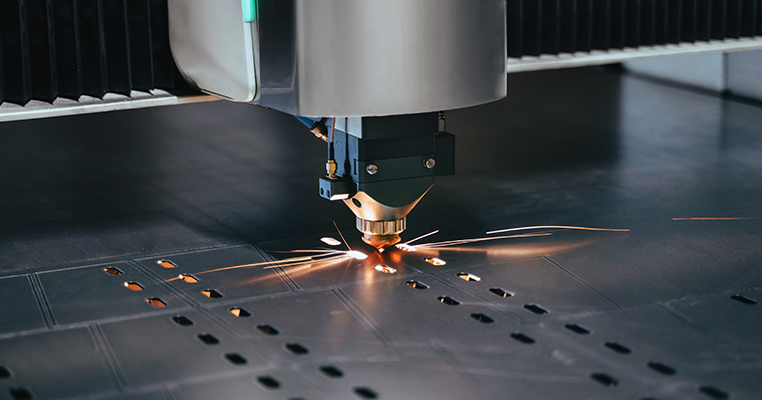
The third is fully automated. Using a CNC machine, a computer can very precisely control a plasma cutter to make extremely accurate, smooth, and fast cuts that a human operator wouldn’t be able to replicate. This allows for automated, rapid-fire fabrication with precise cuts but requires a skilled operator to program the machine to work as it should.
What Are the Pros and Cons of Plasma Cutting?
Plasma cutting is a powerful tool, but it’s not perfect for every situation. Knowing the pros and cons of plasma cutting – and thus how and when to use it – is incredibly important.
The benefits of plasma cutting.
Despite using high-voltage electricity and high-heat jets of plasma, plasma cutting is actually generally safer than mechanical cutting on larger, thicker, or denser metals.
There’s no risk of ground shrapnel flying out and injuring an operator, there’s a lot less risk of stray sparks setting off fires, it’s faster and less tiring on the operator, and there’s no high-speed rotational device that, in the case of a failure, could shatter and cause harm.
Plasma cutting is also capable of cutting pretty much anything that is conductive. Anything from mild steel to bronze to copper or aluminum can be cut with plasma cutting. It also doesn’t matter whether the materials are thick or thin. Very thick materials might need additional support to cut well, but anything up to 150mm can be cut very easily.
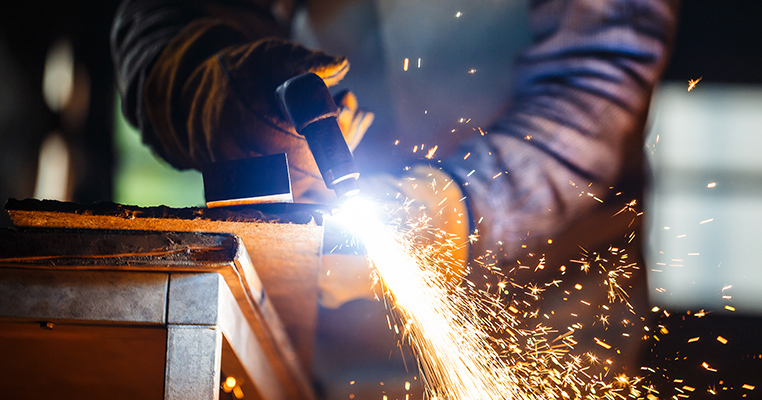
Another benefit to plasma cutting is that it can be used underwater. This makes it very useful in a variety of ways. In shallow water, a cutting table can immerse the torch and workpiece to cut back on noise, heat, hazards, and fumes. In deeper water, plasma cutting can be used for underwater salvage, repairs, and other work on oil rigs, pipelines, and other significant projects.
Some plasma cutters can also be used as welders using plasma welding. It’s a different process from arc welding, but the ability to both cut apart and fuse together materials using the same machine should not be underestimated.
The downsides of plasma cutting.
Some of the downsides of plasma cutting are already clear. For one thing, plasma cutting can’t be used on non-conductive materials.
Plastics, wood, ceramics, and metals like tungsten or lead are all resistant to plasma cutting as a process.
You’ll need to go to a different method of cutting for those, though, of course, there are many options for such softer materials.
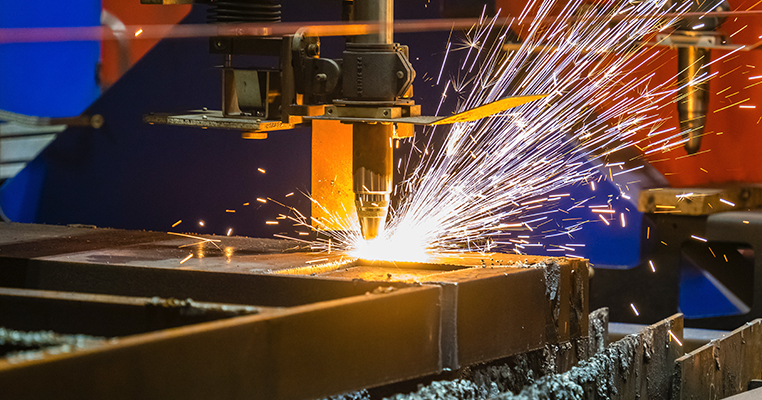
Plasma cutting is very flexible, but it can run into issues with very thin or very thick materials.
Thin materials can be cut too quickly, leaving inconsistent or jagged edges along the cut that must be finished. Often, the best option for thin materials is actual laser cutting, but that’s a subject for another post.
Alternatively, very thick materials can be more difficult to cut through, particularly in one pass. In these instances, either mechanical cutting or waterjet cutting is often better.
Of course, laser and waterjet cutters are much larger and bulkier than plasma torches, so plasma still has a place in every worksite.
Plasma has some safety concerns, similar to other high-voltage and high-heat applications.
Heat is a fire and burn hazard, as is the slag and molten material blown away from a cut. Plasma also creates a lot of UV radiation, similar to welding, and thus requires eye protection and skin coverings to avoid sunburns and skin cancers.
Other hazards of plasma cutting include shocking hazards, as the plasma torch requires a grounded circuit to operate effectively, and breathing hazards due to the fumes generated by the process. It’s also loud, which is why water tables are often used to dampen the sound.
Making the Most of Plasma Cutting
Plasma cutting can be an indispensable addition to any machine shop, fabrication facility, or salvage operation. The flexibility and utility of the process means any shop that needs to cut apart metal, whether it’s for repeated fabrication of parts or simply for breaking apart large pieces for easier handling, can make great use of a plasma cutter.
Before you pick one to purchase, however, you need to consider your use cases. Are you primarily cutting apart salvage, removing chunks of metal to replace, or do you need to make more precise cuts? Do you need to repeat the same operation the same way over and over, or do you have to give each workpiece a unique treatment?
These kinds of questions can help you decide between handheld plasma cutters, automated CNC machines, or even other forms of cutting. After all, there are plenty of cases where a plasma cutter may not be the right choice, and you may prefer a waterjet cutter, an oxyfuel cutter, a laser cutter, or even just a good, old-fashioned grinding wheel.
If you’re not sure what you need, you can reach out and contact us. Our experts can guide you through the selection process and help you pick the exact machine you need.




![12 Different Types of Welding Processes [The Definitive Guide] 6 12 Different Types of Welding Processes [The Definitive Guide]](https://www.021208.com/wp-content/uploads/2025/01/12-Different-Types-of-Welding-Processes-The-Definitive-Guide-150x150.jpg)


